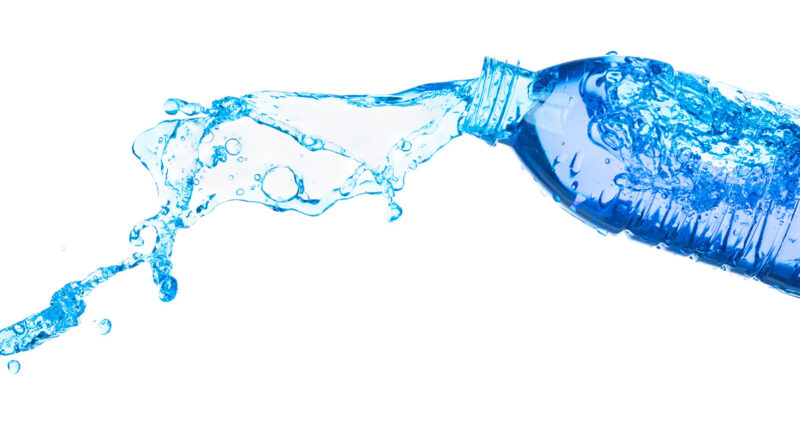Water is Essential: Stay hydrated during summer
By CAREY STITES
 As summer approaches and we await the arrival of the Texas heat, our water intake and hydration status become a more crucial component to our health. Water is the most important (and often forgotten) nutrient and plays a vital role in our body’s function. A person can last a short time without food; however, one can only last days without water.
As summer approaches and we await the arrival of the Texas heat, our water intake and hydration status become a more crucial component to our health. Water is the most important (and often forgotten) nutrient and plays a vital role in our body’s function. A person can last a short time without food; however, one can only last days without water.
Water is the medium for biochemical reactions, maintains optimal blood circulation, supplies nutrients to the cells and removes harmful waste from the body. Water regulates body temperature by carrying heat away from the organs through the bloodstream and out of the body via sweat. As sweat evaporates, the body can safely cool off and keep an appropriate body temperature.
The body’s muscle mass contains approximately 70% to 75% water; conversely body fat only contains about 10% to 40% water. This means athletes and people who are considered “physically fit” (have a high muscle mass and low body fat) have a higher percentage of water in their bodies than people who have low muscle mass and a higher percentage of fat. This population includes overweight people and the elderly; this fact becomes important when determining hydration status and water intake goals.
Initial signs and symptoms of dehydration may often be misinterpreted as illness or even hunger; once a person “feels” thirsty it is estimated roughly 1% of body water is lost and dehydration has set in. Headache, irritability, dizziness and slight fatigue are all symptoms of mild dehydration. As this state of dehydration snowballs, the body can enter a “chronic dehydration” state which is far more serious and typically occurs when a person loses 2% of the body’s water.
Chronic dehydration can be challenging to diagnose; from time to time, the body becomes accustomed to less water, which can mask the detectable signs and symptoms. As the body compensates, fluid is channeled to the most crucial areas of the body and gradually overt symptoms do appear, signaling an urgent situation. Signs of chronic dehydration include dry/flaky skin, constipation, ongoing fatigue, extreme muscle weakness, frequent headaches and ultimately pain associated with the urinary system organs.
The question is “how much water should I drink?” Individual water needs depend on the ability to effectively sweat, temperature/humidity level, clothing and body type-to name a few factors. The traditional recommendation of 8 ounces, 8 times a day is a great place to start. In addition, fruits and certain vegetables contain ample amounts of water and provide a hydration source while in the sun. Watermelon, grapes, peaches and other fruits and non-starchy veggies such as lettuce and cucumbers are excellent choices for keeping dehydration at bay this summer.
Most importantly, however, a proactive assessment of hydration status is vital, especially during the upcoming summer.
Here are a few tips to monitor hydration status:
- Drink enough water to where you do not feel thirsty; sip on water throughout the day
- Check your urine-it should be pale yellow or clear
- Hydrate the day before, during and after physical activity
- Consume at least five cups of fruits and vegetables daily
- Despite the much-needed rain this spring, Texas temperatures are on the rise, preparing us for the hot summer months ahead and the fun of spending a beautiful day soaking up the sunshine outdoors.
Whether you head outside for a leisurely day or work obligations, staying hydrated is essential for everyone.
Carey Stites, MS, RD, LD, CPT, is a registered and licensed dietitian in Harker Heights. She obtained a master’s degree in nutrition and dietetics from Texas Tech University has been a practicing dietitian since 2001. Carey is also an AFAA certified group fitness instructor and personal trainer; she has promoted health and wellness through presentations, classes, writing and cooking demonstrations all over Texas.




